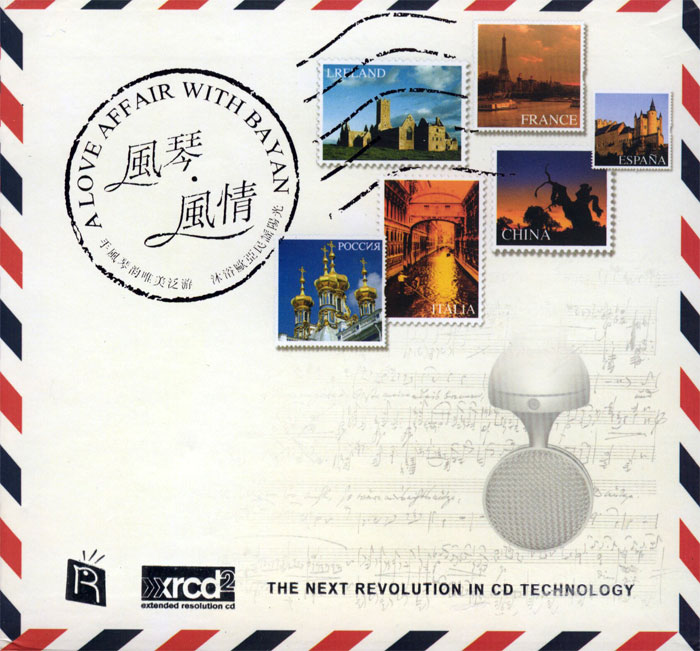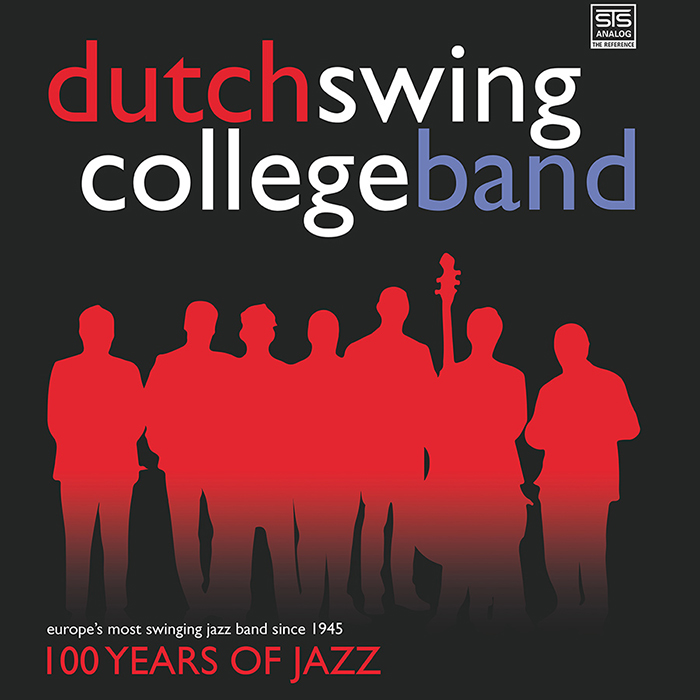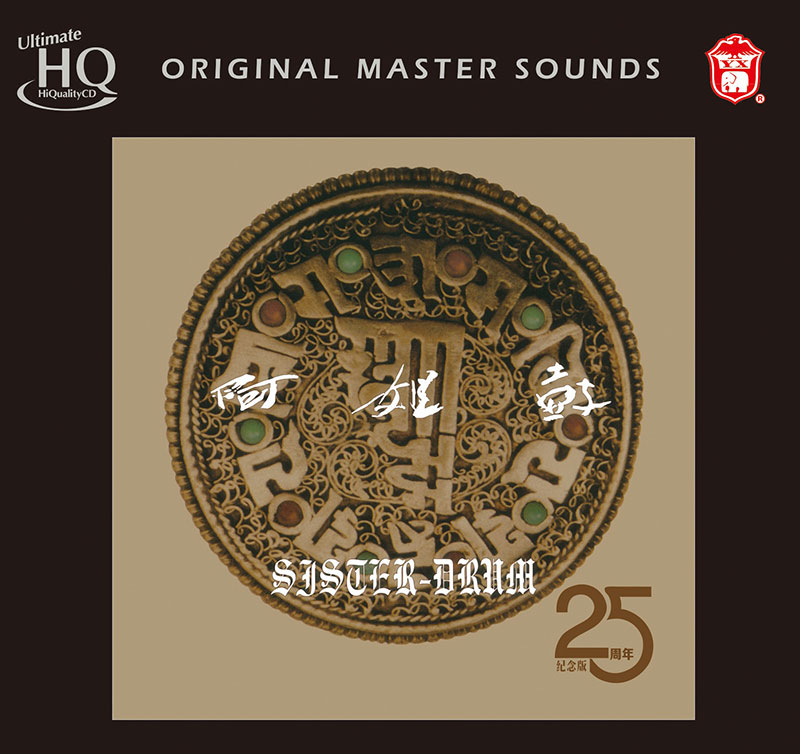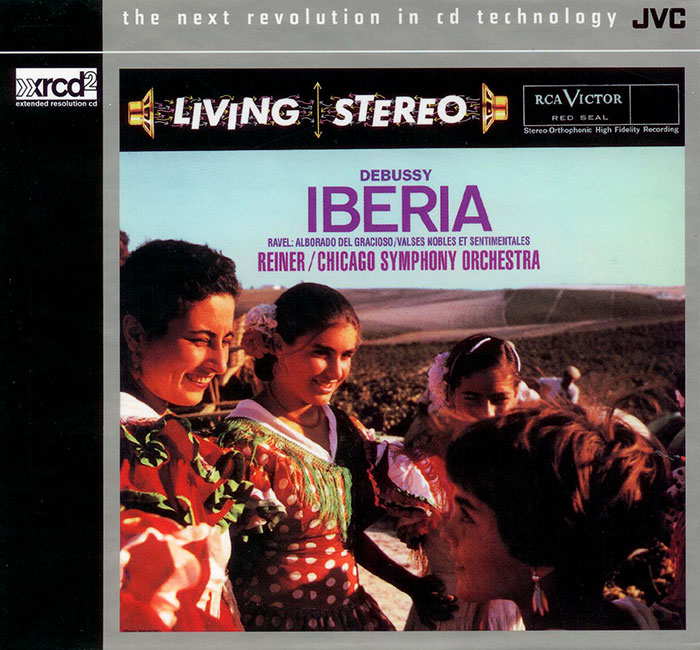Logowanie
Dlaczego wszystkjie inne nie brzmią tak jak te?
SpeakersCorner - OSTATNIE!!!!
RAVEL, DEBUSSY, Paul Paray, Detroit Symphony Orchestra
Prelude a l'Apres-midi d'un faune / Petite Suite / Valses nobles et sentimentales / Le Tombeau de Couperin
Samozapłon gwarantowany - Himalaje sztuki audiofilskiej
PROKOFIEV, Stanislaw Skrowaczewski, Minneapolis Symphony Orchestra
Romeo and Juliet
Stanisław Skrowaczewski,
✟ 22-02-2017
BARTOK, Antal Dorati, Philharmonia Hungarica
Dance Suite / Two Portraits / Two Excerpts From 'Mikrokosmos'
Samozapłon gwarantowany - Himalaje sztuki audiofilskiej
ENESCU, LISZT, Antal Dorati, The London Symphony Orchestra
Two Roumanian Rhapsodies / Hungarian Rhapsody Nos. 2 & 3
Samozapłon gwarantowany - Himalaje sztuki audiofilskiej
Winylowy niezbędnik
ClearAudio
Cartridge Alignment Gauge - uniwersalny przyrząd do ustawiania geometrii wkładki i ramienia
Jedyny na rynku, tak wszechstronny i właściwy do każdego typu gramofonu!
ClearAudio
Harmo-nicer - nie tylko mata gramofonowa
Najlepsze rozwiązania leżą tuż obok
IDEALNA MATA ANTYPOŚLIZGOWA I ANTYWIBRACYJNA.
Wzorcowe
Carmen Gomes
Celebrating the art and spirit of music - vol. 5 - Reference Songs
- CHCECIE TO WIERZCIE, CHCECIE - NIE WIERZCIE, ALE TO NIE JEST ZŁUDZENIE!!!
Petra Rosa, Eddie C.
Celebrating the art and spirit of music - vol. 3 - Pure
warm sophisticated voice...
SAMPLER - STS DIGITAL, Gregor Hamilton
Celebrating the art and spirit of music - vol. 2 - Love songs from Gregor Hamilton
...jak opanować serca bicie?...
SAMPLER - STS DIGITAL
Celebrating the art and spirit of music - vol. 1 - Leonardo Amuedo
Największy romans sopranu z głębokim basem... wiosennym
Lils Mackintosh
Celebrating the art and spirit of music - vol. 4 - A Tribute to Billie Holiday
Uczennica godna swej Mistrzyni
MOERAN, John Georgiadis, John McCabe, The London Symphony Orchestra, Sir Adrian Boult
Rhapsody No. 2 / Violin Concerto / Rhapsody in F sharp
- John Georgiadis - violin
- John McCabe - piano
- The London Symphony Orchestra - orchestra
- Sir Adrian Boult - conductor
- MOERAN
Ernest John Moeran (1894-1950), still the least-known significant English composer of his generation, composed in his prime three large-scale works with orchestra, a symphony (1937), a violin concerto (1942) and a cello concerto (1945); the violin concerto was first performed by Arthur Catterall and conducted by Sir Henry Wood at a Promenade Concert on 8 July 1942. Part of Moeran’s neglect may perhaps be attributed to his derivative musical style. For instance, his songs are sometimes too imitative of those of his friend Peter Warlock or his teacher John Ireland; his symphony owes much to Bax, Sibelius and Walton; the violin concerto shows the strong harmonic influence of Delius. Yet the positive individuality of Moeran’s music, which grew in strength as he became older and is finally shorn of all props in the masterly cello concerto, overrides these derivations in nearly all his works. He is a composer with something to say and an unwavering judgment about the way in which it must be said. Moeran’s art is above all a lyrically nostalgic one - something in his Celtic ancestry determined this, perhaps, for he was half Irish. The cause was certainly intangible, which differentiates him from Elgar, hymning a fading empire. The nostalgic mood framing this concerto is primarily a response to the moods of nature, the first movement having been written on Valentia Island off County Kerry in the summer of 1938, and the last at Kenmare in the autumn of 1941. Edwin Evans, in an article on the work (Musical Times LXXXIV (1943), pp. 233-4), stated that ‘in its concluding pages it reflects the calm experienced in Southern Ireland at this season, before the gales begin to burst in from the Atlantic.’ He might have strengthened his assertion by turning to Moeran’s song cycle of 1929, the Seven Poems by James Joyce, for the opening music of the last song is essentially the same as the sighing string phrase which opens both the concerto’s final and, in a different shape, first movements. This phrase, which is never played by the violin in the first movement, runs through it like an inarticulate thought, recurring between major sections. In the last movement its more restless chromatic guise brings it closer to the Joyce song, whose text runs as follows: foregoing a slow introduction and evolving all its basic material from three themes which are themselves closely related. Two occur immediately, the first on low strings and wind, the second an answering piano phrase.These intereact and grow for several pages before giving way after a long piano solo to the third on trumpets which quickly closes the section. The central episode, which is suffused with Moeran’s characteristically touching lyricism, is again based on question and answer phrases between piano and orchestra which evolve and interact. As it closes Moeran rudely interrupts his dreaming to embark on a development of his opening themes, concentrating initially on the third subject which was quickly passed over at its first appearance. One important transformation of it yields a chorale-like augmentation on the wind which proves capable of combining with the original shape. There is no orthodox point of recapitulation, for when the opening returns, punched out in single notes by the piano, it is in the subdominant, and the subsequent review of the main themes including those of the middle section form part of a continuous flow of textural variations. The goal of this unfolding process is only reached in the brilliant coda. ANTHONY PAYNE





























